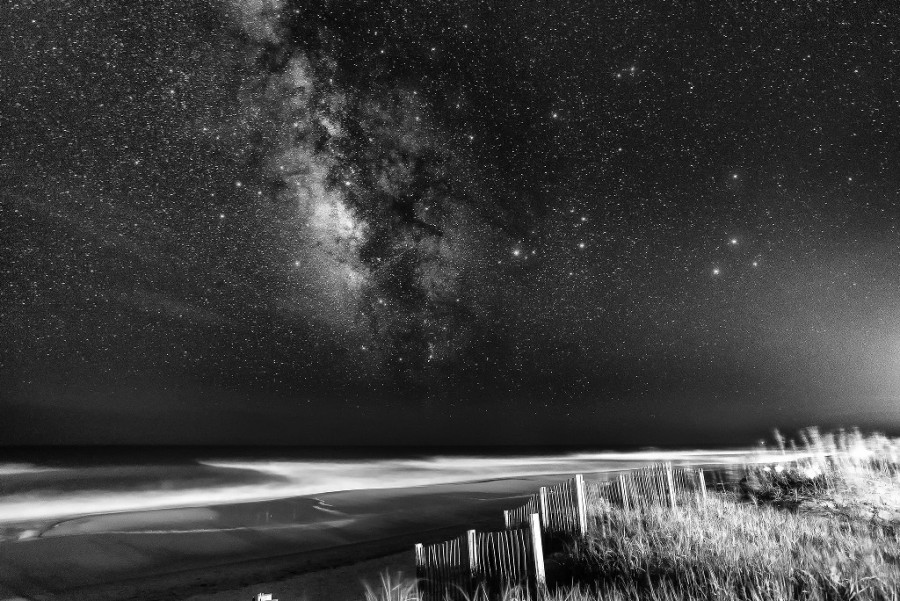
Shoreline of the Universe by Bill Dickinson. Ref: NASA APOD, 20 Sept. 2014. http://apod.nasa.gov/apod/ap140920.html
Brian Cox, 2013. Lecture on the Universe. Transcript on supernova explosions in the distant galaxies and the use of analogies to daily activities such as the baking of bread to explain the Hubble Law. How the use of analogies and metaphors in language can help in the structuring and understanding of a concept for those outside of the discipline of quantum physics.
[16:22]
now these are rare / you get one supernova per century per galaxy / so very rare / but there are a lot of galaxies / and this is a beautiful picture / i think again / from the hubble space telescope